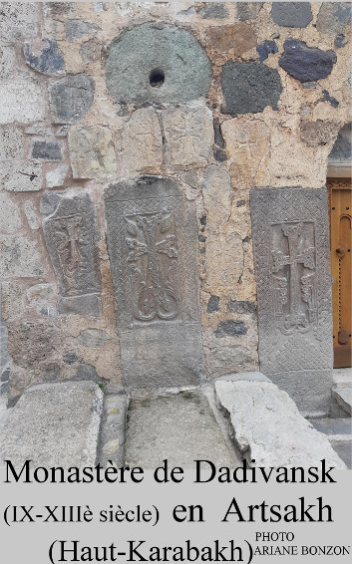It is the biggest strategic shift in NATO’s posture in a quarter century, and it happened practically overnight. That is the bottom line of two major decisions that the leaders of the 28 member states of the North Atlantic alliance will make in Newport, Wales, on September 4–5.
After Russia began its aggression in Ukraine in February 2014, few (including Russian President Vladimir Putin) would have expected NATO to move so quickly from crisis management to a fundamentally new defense posture. But the alliance has done just that, and it took less than six months to get there. So what exactly will be decided that is so earth-shattering ?
The Wales summit will bring about one game-changing geopolitical decision and another that could serve as an indicator of how deeply the thinking on defense has changed in the 28 NATO countries.
The game changer is the readiness action plan (RAP), which will install a quasi-permanent NATO troop presence on the alliance’s Eastern flank. The aim is to reassure members in Central Europe that NATO’s Article 5 security guarantee—a pledge that an attack on one ally is an attack on all—actually means something.
Under the RAP, the alliance will not station troops in the region but will rotate them in and out in an elaborate and tightly knit exercise-and-maneuver scheme. Allied troops will basically be on permanent increased patrol duty, reminding any potential aggressor (primarily Mr. Putin) that tampering with the borders of Article 5 territory would be a bad idea.
In a last-minute move, the RAP was widened to include NATO’s Southern flank. This made it easier for allies like Greece, Spain, France, Portugal, and Italy to swallow the shift of attention to the East. It also has the advantage of making the alliance look more serious about what is happening around the Mediterranean. NATO can now claim that it is not entirely obsessed with Russia alone—an obsession that, diplomatically, is desirable for many allies.
A scheme of this kind would have been unthinkable just a few months ago. All allies are now on board, and even traditional skeptics such as Germany are now willing to underwrite the initiative with considerable assets. That commitment shows the massive scale of the strategic rethink that has been triggered by events in the East (including those engineered by Mr. Putin).
It is remarkable that the RAP was set up practically for an indefinite time span. A review mechanism was built into the plan, but it will require all 28 member states to agree to abandon it, which in reality means it is there for good.
With this new posture, territorial defense—NATO’s original core business—is back at the heart of the alliance. After more than a decade of focusing on expeditionary tasks and reforming its armed forces accordingly, NATO is entering a new phase in its history. For the first time, the alliance will now strike an even balance between classic Article 5 tasks and its role as a stability service provider around the globe.
The RAP will be an expensive undertaking, as NATO will need to adapt its structures, reorganize its headquarters, adjust its contingency planning, and obtain new capabilities. And simply spending more resources on massively increased exercise activity will clearly cost money.
And so NATO will make its second major decision, the defense investment pledge. That will stipulate that allies aim to bring their defense spending to at least 2 percent of their GDP within a decade. It will also say that each member should spend 20 percent of that money on defense investments, to guarantee a permanent flow of innovation into their military capabilities.
Originally, the alliance wanted to make this not just a pledge but a commitment. The softer version prevailed to bring on board the reluctant partners who wanted to avoid politically sensitive commitments of any kind. It also let off the hook those governments that can’t bypass their national legislatures when it comes to allocating taxpayers’ money.
Whether member states will take this pledge any more seriously than similar declarations in the past remains to be seen. But the fact that NATO leaders are willing to put it into writing at the highest level is an indicator that they have finally understood that something needs to be done to prevent the alliance’s European wing from losing all serious operational capability.
A number of factors led to this turn of events (one of them being Mr. Putin), but no one could have known that the alliance would revamp itself so drastically in such a short period of time.

